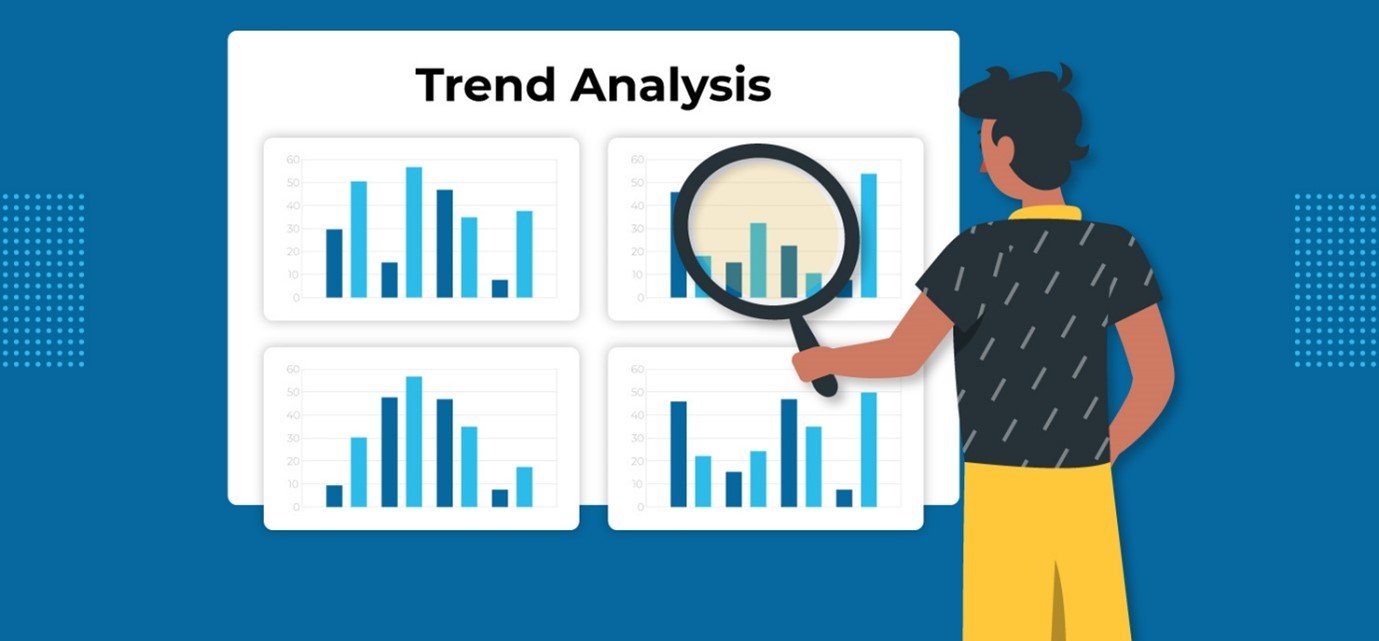Instagram is a powerhouse platform with over 2 billion monthly active users. While some posts gain millions of views in hours, others go unnoticed. The key is understanding Instagram’s algorithm, trending topics, and engagement patterns.
Businesses can’t rely on luck as AI is now predicting virality by analyzing user behavior, hashtags, and content trends. Machine learning tools help brands optimize posts, refine messaging, and boost engagement.
So, how does AI spot viral trends before they happen? And how can businesses use AI to increase reach and sales? Let’s break it down.
The Elusive Nature of Virality
Virality, by its very definition, is unpredictable. It’s a confluence of factors, often driven by a spark of serendipity. What resonates with millions can be a mystery, even to seasoned marketers. However, this doesn’t mean we’re entirely in the dark.
Factors Influencing Virality
Before exploring AI’s role, let’s understand the key elements that contribute to a post’s potential for virality:
- Emotional Resonance: Content that evokes strong emotions like joy, surprise, awe, anger, or even sadness is more likely to be shared. Emotional triggers create a powerful connection with the audience.
- Novelty and Uniqueness: Original, innovative, or unexpected content stands out in the crowded digital landscape. Unique perspectives, creative formats, and surprising twists capture attention.
- Shareability and Utility: Content that is easily shared and provides value to the audience is more likely to spread. Practical tips, helpful information, and entertaining content are highly shareable.
- Social Currency: Content that makes people look good or feel smart when they share it gains traction. Sharing content that lines up with their values and interests enhances their social image.
- Timing and Context: The timing of a post and its relevance to current scenes or trends can significantly impact its virality. Content that taps into popular conversations or cultural moments has a maximum chance of going viral.
- Platform Algorithms: Social media algorithms are crucial in determining content visibility. Understanding how algorithms prioritize and distribute content is essential.
How AI Predicts Virality

AI analyzes content and predicts its viral potential using machine learning, natural language processing (NLP), and big data. This is how it works.
-
Sentiment Analysis
AI predicts virality by analyzing the emotions in content using Sentiment Analysis powered by Natural Language Processing (NLP). It learns from vast datasets labeled with human emotions, allowing it to recognize patterns in text, images, and videos.
- AI recognizes emotional tone in text by identifying words and phrases that convey positive, negative, or neutral thoughts.
- It examines facial expressions, colors, and visual elements to assess emotions in images and videos.
AI assigns a sentiment score, measuring how strongly the content evokes feelings like joy, excitement, anger, or fear; emotions that often lead to more shares. Since people are more likely to engage with content that stirs emotions, AI’s ability to predict these reactions helps forecast which posts will likely go viral.
-
Engagement Prediction Models
AI predicts engagement by analyzing past trends and audience behavior using machine learning. It studies likes, shares, comments, watch times, and click-through rates to identify patterns in successful content.
AI can estimate the performance of new posts by learning what works for different audiences, such as the best posting times or preferred content styles.
For example, if videos with a certain length and style get more shares, AI predicts similar videos will also do well. It also considers factors like early engagement spikes and long-term performance to give a more accurate prediction of a post’s viral potential.
Platforms like Blastup allow you to grow your Instagram engagement by analyzing trends, optimizing posts for maximum visibility, and providing real-time insights into audience interactions. Check it out to elevate your Instagram presence and attract a wider audience.
-
Trend Analysis

AI can scan billions of online conversations to spot emerging trends. Using natural language processing (NLP) and machine learning, it analyzes social media posts, news, blogs, and search queries to find popular keywords and topics. AI predicts what content will likely go viral by tracking how fast and widely a topic spreads.
For example, if AI notices a growing buzz around a social issue or cultural event, it can suggest creating related content to improve engagement. It can also identify niche interests, helping creators tailor their posts to the right audience. This allows content to stay relevant and timely and is more likely to go viral.
-
A/B Testing Simulations
AI-powered A/B testing helps predict which version of a post is most likely to go viral. It does this by analyzing multiple variations of content such as different titles, thumbnails, or editing styles and simulating audience responses. By testing these variations, AI identifies the version that will get the most views, shares, and comments.
It can also predict how audience segments react, allowing creators to tailor content for maximum impact. This helps optimize posts before publishing, increasing engagement and virality.
-
Image and Video Recognition
AI studies visual elements to determine what works best. It examines color schemes, facial expressions, and object placement to identify patterns linked to high engagement. Posts with bright colors, human faces, and clear contrast tend to perform better, so AI recommends adjustments based on these findings.
Limitations of AI in Predicting Virality
While AI provides valuable insights, it isn’t infallible. Virality can be unpredictable due to external factors like influencer shares, unpredictable audience sentiment, or breaking news.
Challenges include:
- Algorithm Changes: Social media platforms frequently update their algorithms, impacting prediction accuracy.
- Human Creativity: AI can analyze patterns but struggles to quantify the creative, human touch that makes content unique.
- External Influences: Political events, global trends, or celebrity endorsements can suddenly alter content performance.
Should You Rely on AI for Virality Predictions?

AI is an invaluable tool for content strategy, but it should complement—not replace—human creativity. The best approach is to use AI insights while maintaining an authentic and engaging brand voice.
The Bottom Line
While AI can provide important insights and predictions, it cannot guarantee virality. The “X factor” of human behavior and the ever-changing nature of social media make it impossible to eliminate uncertainty. However, AI can improve our understanding of what makes content shareable and help us create more effective strategies. Ultimately, the best approach is to combine the power of AI with human creativity and intuition to create content that matches with audiences and has the potential to go viral.

